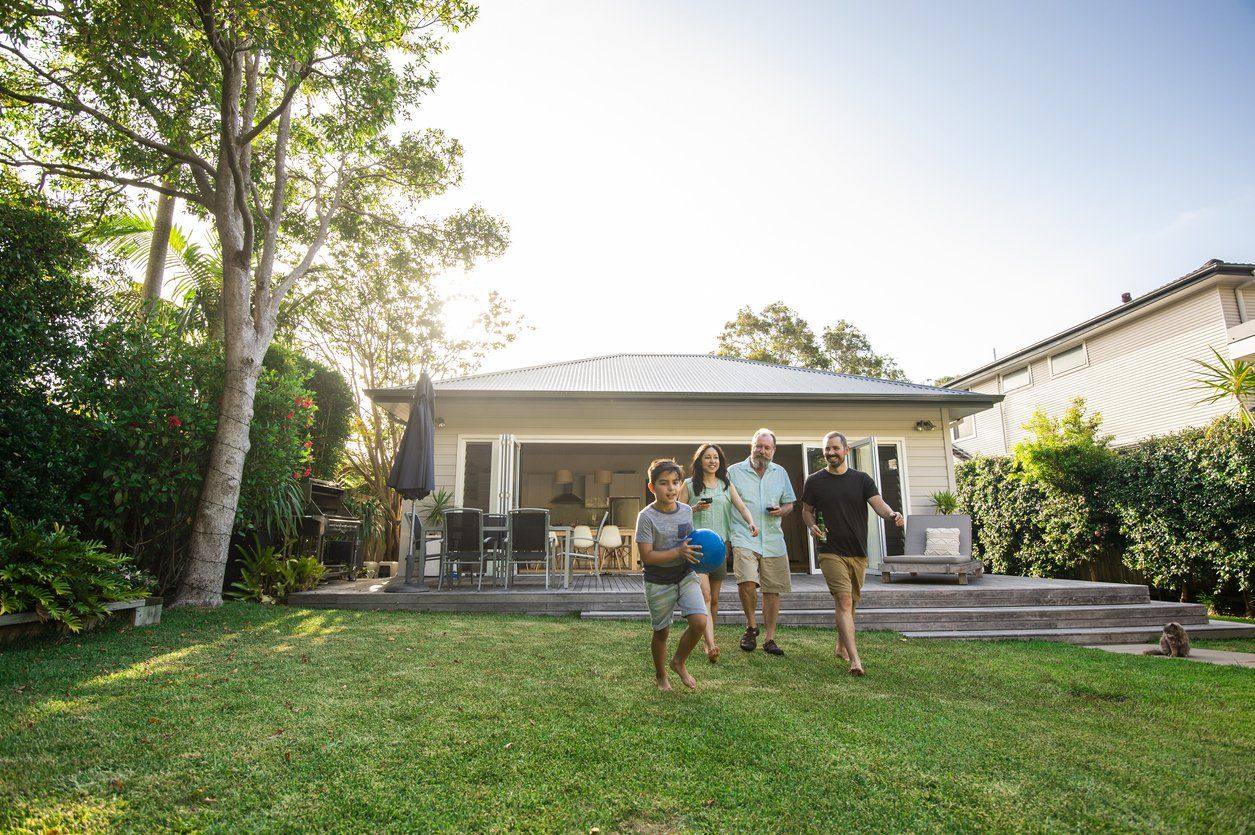This article has been sponsored by RACV’s Smart Home Starter Kit. Business Insider was sent product from RACV to trial. »
Unless you’ve got a pet that enjoys roaming your house, venturing in and out of doors as they please, any unknown moving presence in your home is probably unwelcome.
Sure, you know that your home is probably safe most of the time. But knowing it without a shadow of a doubt? It soothes the mind.
Smart home technology keeps you informed with what’s going on in your and there’s also a whole host of ways that this technology can serve you.
Here’s how you can get started.
Let’s get physical
Installing motion sensing technology is the first step in adding an extra measure to your home so you always know what’s happening in your house.
You can even keep an eye on it from afar because most of this tech is accessible from an app.
This means that you can be alerted to any potential intruders even if you’re away on holiday or at work.
It’ll even tell you if you’ve left your door or windows open and unlocked.
If you upgrade your existing smart home technology with an Arlo Pro 2 Smart Security Camera, you can also see any disturbances on your phone while you’re away from home.
Make sure your Wi-Fi is secure
On a base level, your WiFi router is the first port of call for signalling all the smart home devices and ensuring that they’re all functioning as you direct — so naturally you’re going to want to make sure the security around both is top notch.
Wi-Fi security is more than just choosing a hard to crack password though (something that’s difficult to break into is imperative — so no, your pet’s name and date of birth doesn’t cut it).
It’s also upgrading your firmware, actually delving into your router’s configuration settings, using WPA2 (WiFi Protected Access 2) instead of WEP (Wired Equivalent Privacy protocol) and turning off WiFi protected setup (which functions by allowing you to access it with a PIN instead of password — not particularly secure).
You can also set up a guest network for your home, so that when you have people over they won’t be using the same WiFi network as your smart devices.
That way there’s no chance of overlap (or of people accidentally divulging your details if their own security isn’t great).
Light ‘em up
Obviously there are a stack of benefits when it comes to utilising smart home technology, but that doesn’t mean you’re in any way restricted to using it conventionally.
Once you’ve increased your smart home tech collection to include lightbulbs, for example, it opens up a whole host of options. You can conceivably set your lights to certain time frames to reduce electricity costs and increase your sustainability cred.
You can even set them to turn on as soon as you’re about to get home, paired with your favourite song to greet you when you step through the door.
Or you can even use a motion sensor connected to an LED strip to light up a path from room to room.
And that’s still only the beginning.
Though smart home technology is still in the process of being more common, there’s little question that there will be plenty of avenues to adapt it to whatever purpose your home requires.
Take heating for example. With an app, not only could you indulge your lazy side and control the warmth of your home easily, but you can even do it at a distance so your house is heated upon your arrival.
Start with the basics
Regardless of all the benefits, it can still be daunting to pop in-store and figure out which pieces you need to purchase to get started — especially if you’re a complete newbie to the technology.
On top of that, for renters and apartment dwellers who don’t have the luxury of installing wired-based smart home tech can still benefit from a lot of what is in the market in 2019.
The kit, retailing for $249 plus shipping Australia-wide, consists of a SmartThings WiFi Hub, two wireless SmartThings Multipurpose sensors, and three wireless SmartThings Motion sensors.
That way you can get set up with the basics simply and easily, without having to muck around with different additions until you’re ready to step it up a notch — plus for $79 RACV can set it up for you.
All you have to do is sit back with your phone and direct your smart home technology to do your bidding.
All in all, smart home technology doesn’t have to feel like a whole new arena of technological challenges. It also doesn’t have to be a super serious undertaking.
Whether you’re opting to use it for staying up to date with your home when you’re not around or you just want to make your late-night bathroom visit slightly more convenient, it’s worth considering.


![[VIDEO] ‘The Masked Singer’ Recap: Season 3, Episode 10 — White Tiger](https://newsfortomorrow.com/wp-content/uploads/2020/04/1585795753_VIDEO-‘The-Masked-Singer’-Recap-Season-3-Episode-10-—-225x125.jpg)













BIS Seeks Comments on Identifying “Foundational Technologies”